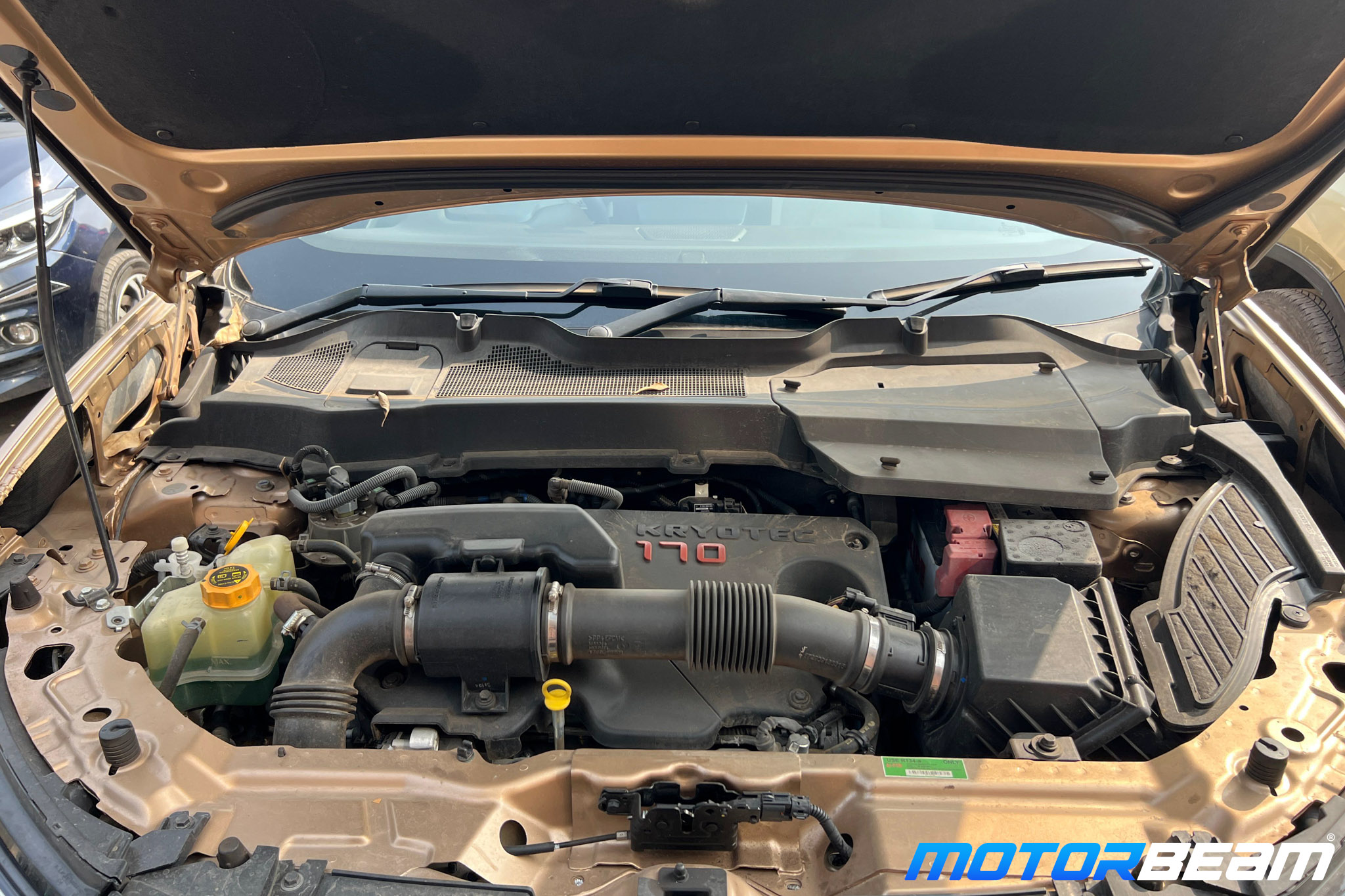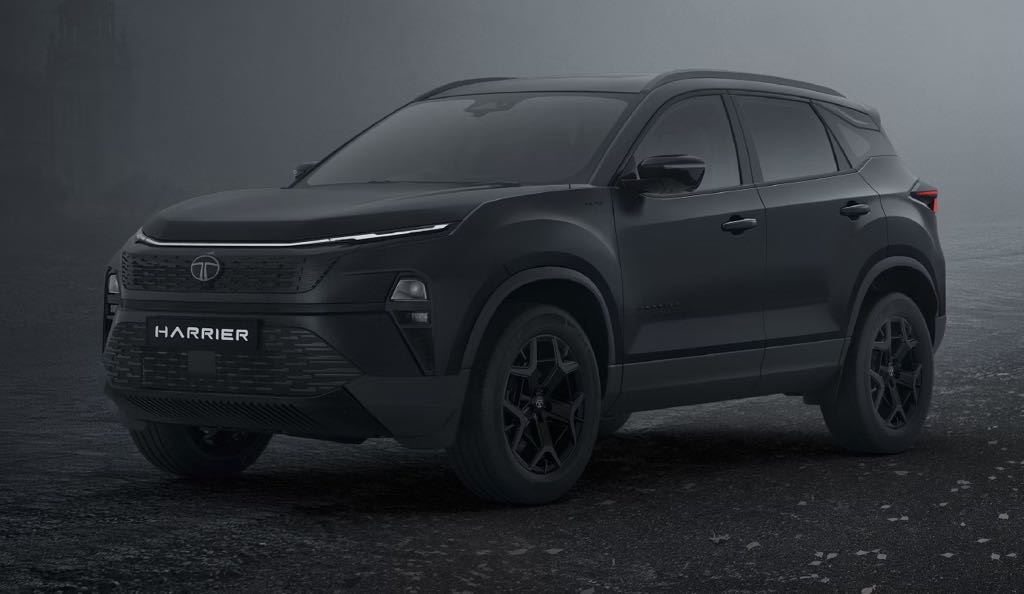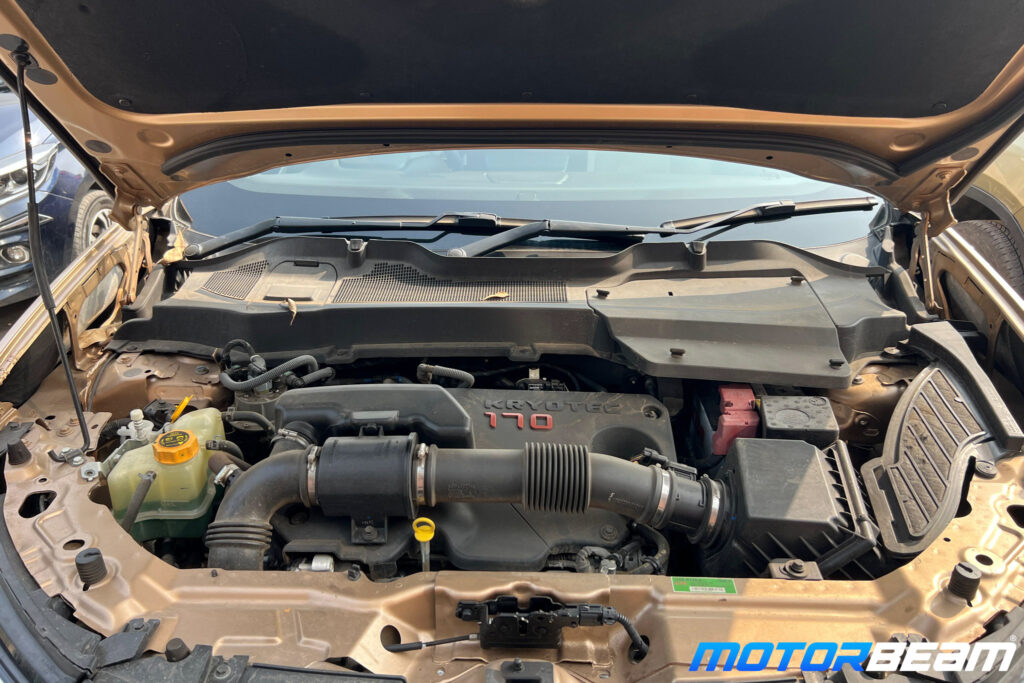
Tata Motors gains development control of Fiat’s 2.0-litre diesel engine
In a move poised to reshape its diesel powertrain strategy, Tata Motors has acquired the licensing rights for the 2.0-litre Multijet II diesel engine from Stellantis. This engine currently powers Tata’s Harrier and Safari and is produced at the Ranjangaon facility operated by Fiat India Automobile Private Ltd (FIAPL) — a joint venture between Tata Motors and Stellantis.
The licensing agreement grants Tata Motors the authority to independently develop and modify the engine to meet its evolving performance and regulatory needs. While the core intellectual property remains with Stellantis, Tata now has the autonomy to make technical adjustments and pursue performance enhancements in-house.
A spokesperson for Tata Motors confirmed the development, stating that the License Technology Agreement was finalised in the fourth quarter of FY2025. The agreement enables Tata to implement engine modifications aimed at improving performance and ensuring compliance with upcoming emission norms, without relying on Stellantis for approvals or incurring additional licensing costs.
Greater Flexibility, Lower Costs
This strategic arrangement marks a major turning point for Tata, especially considering the competitive landscape of the SUV segment in India. Until now, any attempt to recalibrate or upgrade the engine required expensive and time-consuming approvals from Stellantis. Even minor calibration changes reportedly cost upwards of €10 million, discouraging Tata from offering multiple engine variants or drive modes — features that rival Mahindra has capitalised on with its in-house mHawk diesel lineup.
With the new licensing rights, Tata can now unlock various states of tune for the 2.0-litre engine. This could lead to more diverse powertrain options across its model range, offering better differentiation across variants and helping the Harrier and Safari compete more effectively.
For example, Tata engineers had previously aimed to raise the engine’s output from the current 170 HP to about 180 HP but these efforts were stalled due to the dependency on Stellantis. Now, such upgrades can be pursued internally, offering Tata faster development cycles and cost efficiency.
Manufacturing to Continue Jointly
Despite the shift in development control, the engine will continue to be manufactured at FIAPL for both Tata Motors and Stellantis. Tata has clarified that any enhancements or modifications it undertakes independently will be its own, though the base engine’s intellectual property will remain with Stellantis.
This agreement does not affect Stellantis’ own use of the engine, with models like the Jeep Compass and Meridian continuing to be powered by the same diesel unit. However, it remains uncertain whether other FIAPL customers — such as MG Motor India, which uses the engine in the Hector — will gain access to Tata’s updated versions. With MG reportedly reconsidering diesel options for its future models, the relevance of this question may diminish over time.
Strategic Implications
Bringing the engine development in-house provides Tata with an opportunity to enhance its vehicle lineup without the financial burden of developing a completely new diesel engine — a costly and uncertain proposition in an era of growing electrification. While diesel’s long-term future is under scrutiny, it continues to play a crucial role in the large SUV segment, where customer preference still leans toward torquey, long-range powertrains.
Though the 2.0-litre Multijet II is not a new engine, it remains a capable and emissions-compliant platform. With licensing rights now secured, Tata Motors can evolve it further, extending its relevance while aligning with tightening emissions regulations and growing performance expectations.
This development could usher in a more agile and competitive phase for Tata’s SUV offerings, enhancing their appeal in a market that increasingly demands powertrain versatility and responsiveness.

The post Tata Motors Secures Licensing Rights For Fiat 2.0-Litre Diesel Engine appeared first on MotorBeam.

